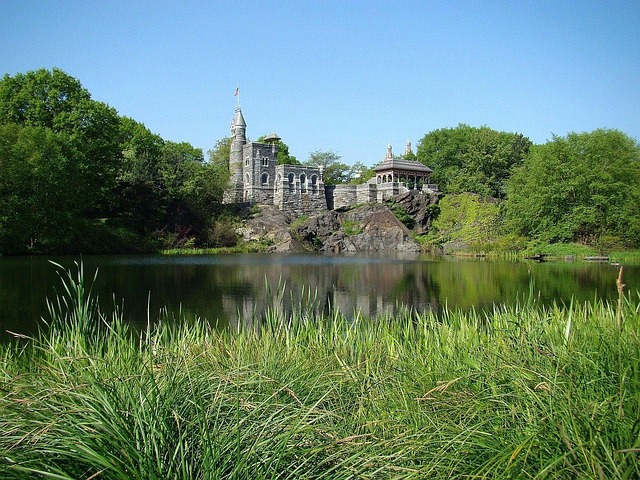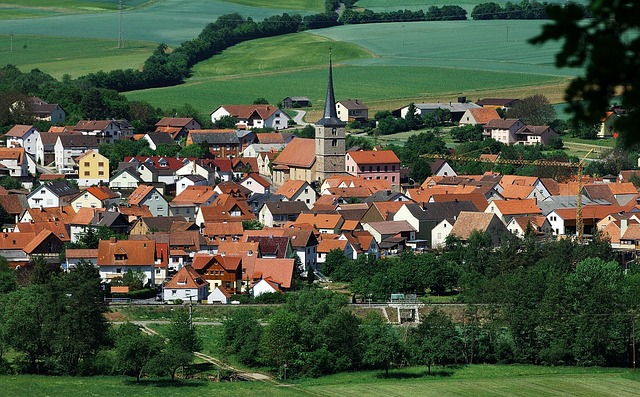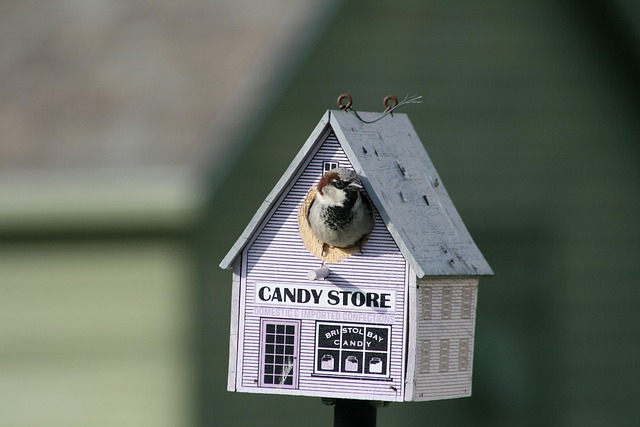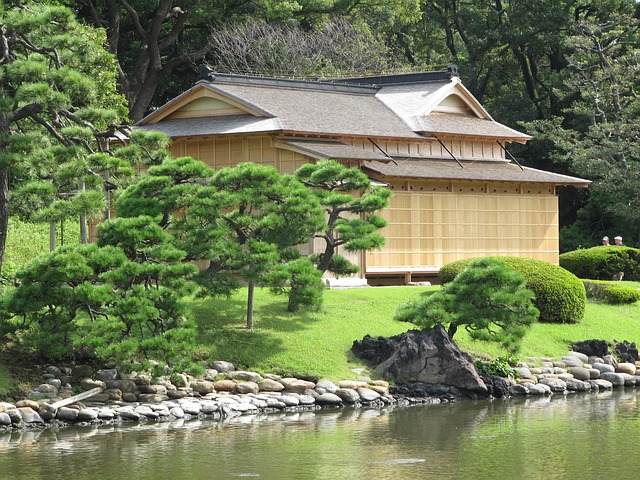Real estate developers and architects are pioneering a fight against climate change through innovative building design. They're adopting sustainable practices, integrating energy-efficient technologies like smart insulation and solar panels, which reduce carbon footprints while providing comfortable living spaces. This trend, driven by growing demand for green spaces, demonstrates that sustainability can beautifully merge with modern living. Notable examples, such as The Edge building in Amsterdam, set new standards for eco-friendly architecture, encouraging the industry to embrace more environmentally conscious practices through successful case studies.
In today’s digital era, the real estate industry is undergoing a significant transformation as energy-efficient solutions become paramount in reducing carbon footprints. This article explores innovative strategies that are revolutionizing building design, integrating sustainable energy sources, and leveraging smart home technology. From architectural marvels utilizing passive design elements to community-based energy models, these approaches not only minimize environmental impact but also offer long-term cost savings. Discover how real estate is evolving to meet the challenges of climate change and foster a greener future.
Innovative Building Design for Energy Efficiency

In the realm of real estate, innovative building design is emerging as a powerful tool to combat climate change by reducing carbon footprints. Architects and developers are now embracing sustainable practices that integrate energy-efficient technologies into every aspect of construction. From smart insulation systems that regulate indoor temperatures, to solar panel installations that harness renewable energy, these structures are designed to minimize energy consumption and maximize resourcefulness.
This shift towards eco-friendly design isn’t just about aesthetics; it’s a strategic move to create sustainable habitats. By optimizing natural lighting, incorporating energy-efficient appliances, and implementing smart home automation, buildings become more comfortable while significantly lowering their environmental impact. As the demand for green spaces continues to grow, developers are finding creative ways to incorporate these designs in urban settings, proving that sustainability can co-exist with modern living without compromising style or functionality.
– Exploring architectural strategies to minimize energy consumption

In the pursuit of reducing carbon footprints, real estate developers and architects are increasingly exploring innovative architectural strategies to minimize energy consumption. These designs focus on maximizing natural light and ventilation through strategic window placement, well-insulated facades, and carefully crafted orientations. Such techniques not only lower energy bills for occupants but also contribute significantly to environmental sustainability.
Moreover, integrating renewable energy sources like solar panels and geothermal heating/cooling systems has become a prominent trend in modern architecture. These solutions harness clean energy from the sun and earth respectively, further reducing reliance on conventional fossil fuels. As a result, buildings become more eco-friendly and provide healthier living environments, driving a much-needed change in the real estate sector towards sustainability.
– Case studies: Buildings that challenge conventional design
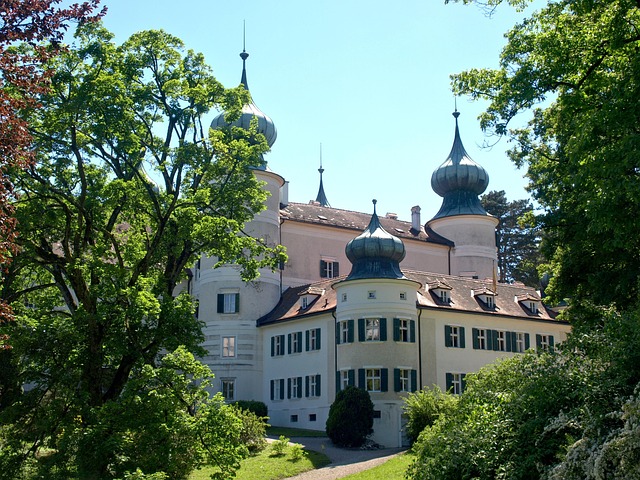
In the realm of real estate, several innovative buildings are challenging conventional design and emerging as beacons of sustainability. These structures showcase energy-efficient solutions that significantly reduce carbon footprints. For instance, the Edge building in Amsterdam is renowned for its groundbreaking eco-friendly features. With a focus on optimizing natural light and ventilation, this iconic structure has achieved remarkable energy savings while setting a new standard for green architecture.
Case studies like these demonstrate the potential of integrating smart design and technology to create sustainable spaces. From efficient insulation to renewable energy sources, developers are adopting innovative strategies. These approaches not only minimize environmental impact but also offer long-term cost benefits for occupants. By studying such successful implementations, the industry can foster a shift towards more eco-conscious practices in the real estate sector.
